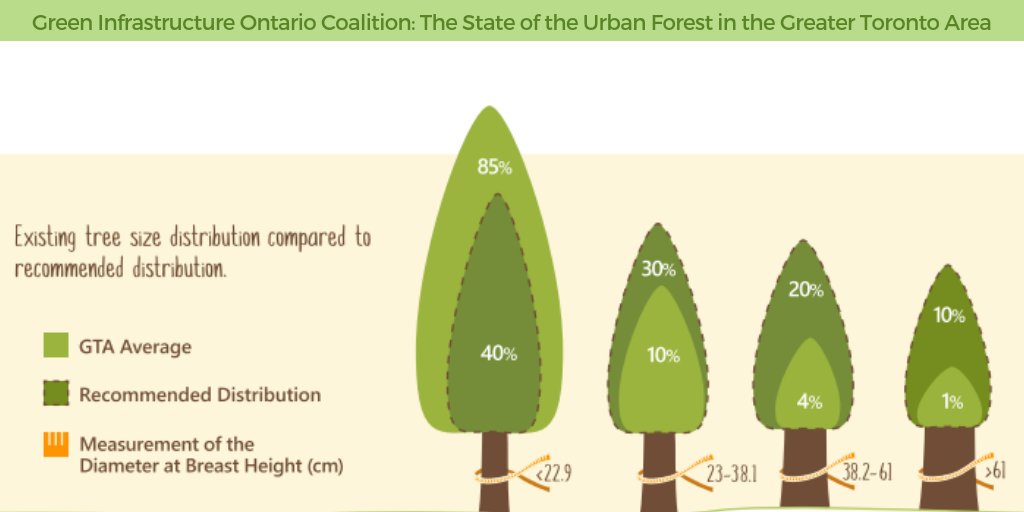Signals That It's Time To Eliminate A Tree: Identifying Unsafe Trees
Signals That It's Time To Eliminate A Tree: Identifying Unsafe Trees
Blog Article
Produced By-Truelsen Malling
When it involves tree treatment, recognizing the indications that it's time for elimination is vital for your security and home. You could observe discolored fallen leaves, wilting branches, or strange fungal developments showing illness. Architectural concerns, like a considerable lean or fractures in the trunk, can also present dangers. Understanding Italian Prune Tree can help you make notified decisions regarding your trees and protect against possible dangers prowling in your lawn. What should you try to find next?
Indicators of Decay and Disease
When you see signs of degeneration and disease in your trees, it's crucial to act promptly. Try to find blemished leaves, wilting branches, or unusual growths like fungi. These can indicate that your tree is battling.
If you see fractures in the bark or soft, mushy timber, these symptoms suggest internal decay. In addition, an unexpected increase in insects around your tree can signal that it's weakened and vulnerable.
Check for https://www.sfchronicle.com/business/article/PG-E-is-less-than-one-third-done-with-its-2019-14483596.php or passing away arm or legs, as they position a danger to your building and safety. If you doubt concerning what you see, speaking with an arborist can give clarity.
Addressing these indications early can conserve you from a lot more considerable damages and guarantee the health of your yard. Do not wait up until it's far too late.
Structural Instability and Leaning
As you observe your trees, keep an eye out for any type of indications of structural instability or leaning. If a tree leans substantially, it might show that the origin system is jeopardized.
Search for any type of splits in the trunk or soil around the base; these can signify potential failure. In addition, look for uncommon development patterns, like an unbalanced crown, which might suggest that the tree is struggling to hold itself upright.
If you discover that the tree favors your home, power lines, or various other structures, it postures a higher threat. Do not ignore these signs-- seek advice from an arborist to evaluate the situation.
Doing something about it early can avoid expensive damages and ensure your safety.
Dead or Dying Branches and Foliage
If you observe dead or passing away branches and foliage on your tree, it's a clear indicator that something's wrong.
These undesirable locations can suggest underlying concerns like condition, pest problems, or environmental tension. When branches lose their leaves or turn brown, they're no longer contributing to the tree's health and wellness. Disregarding these indicators might result in additional decline, making your tree a lot more hazardous.
Dead branches can easily break short throughout storms, posing a danger to home and people nearby. It's crucial to analyze the degree of the damage.
If the issue impacts a considerable part of the tree, think about seeking advice from a specialist. They can aid figure out if elimination is required to make sure security and maintain the elegance of your landscape.
Final thought
If you notice any type of signs of decay, architectural instability, or dead branches on your trees, don't ignore them. These signs can posture major safety and security dangers to you and your home. It's always best to get in touch with a specialist arborist that can supply an expert analysis of your trees. Doing something about it early can stop crashes and pricey damage, ensuring your landscape continues to be secure and healthy. Keep in mind, it's better to be positive regarding tree treatment than to wait on a catastrophe to occur.
